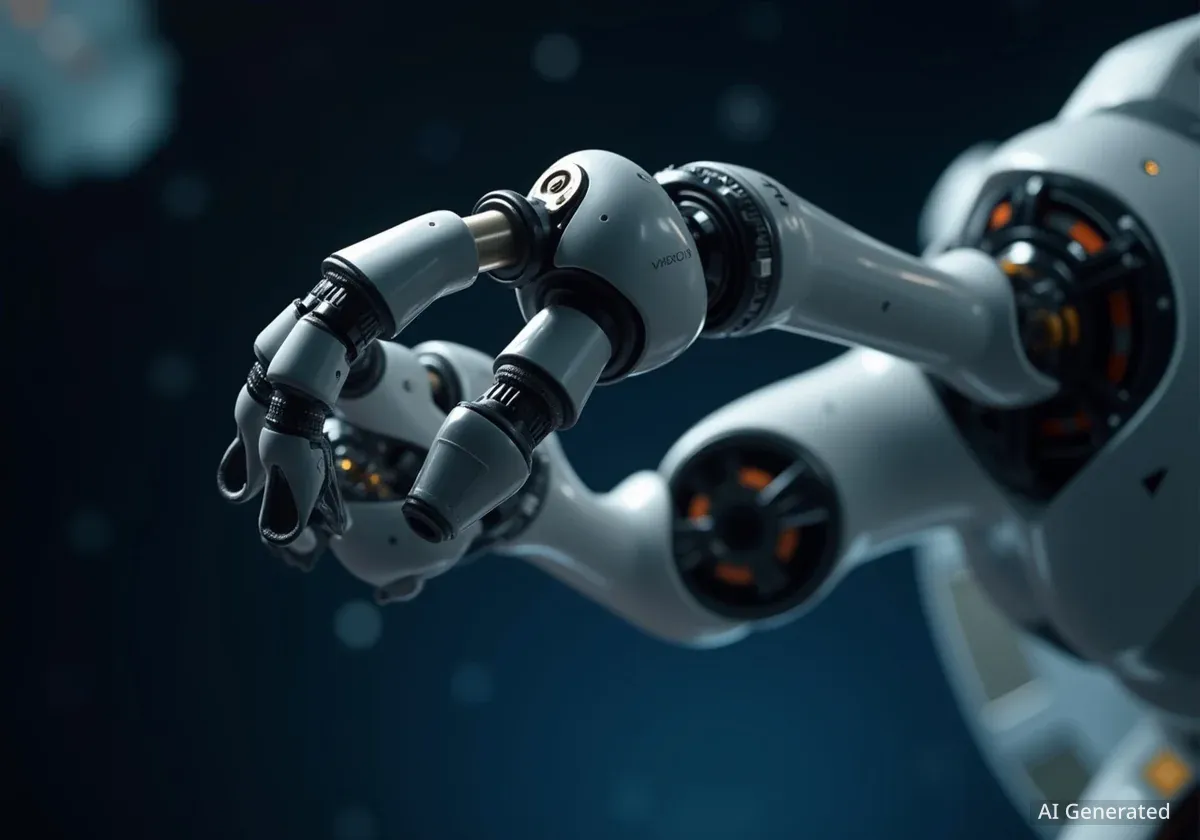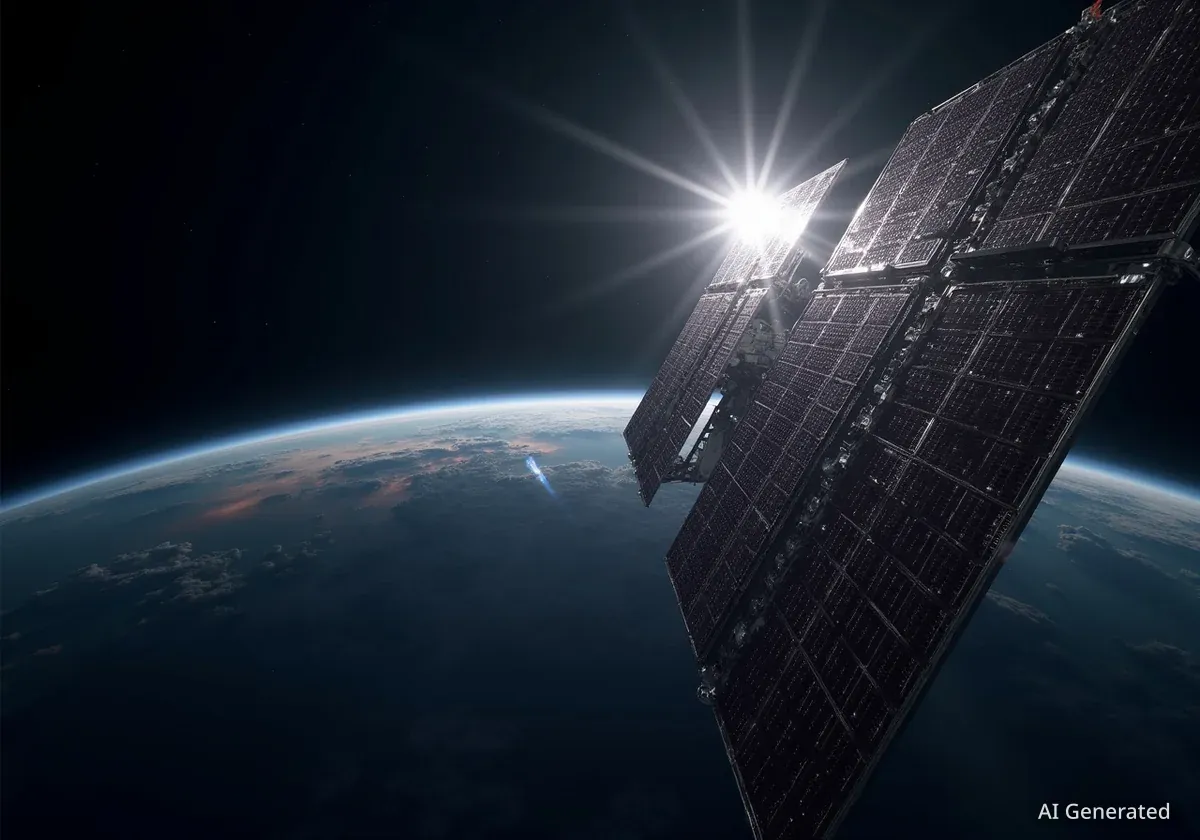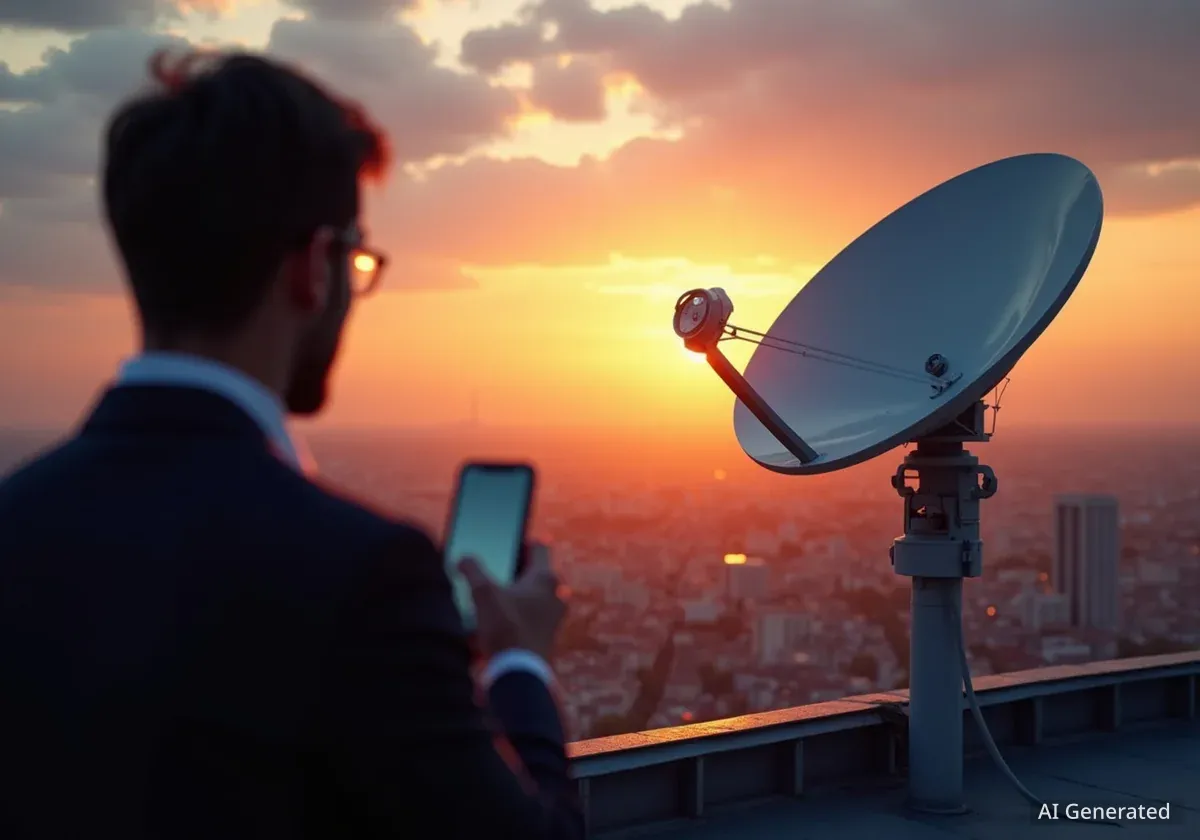Leonardo has officially commenced development projects with two technology startups, Adaptronics and Fluid Wire Robotics. The collaborations aim to create advanced robotic systems for in-orbit servicing, debris management, and space infrastructure construction. The projects were selected through Leonardo's 'New perspectives for space inspection' challenge on its Solvers Wanted platform.
The initiative, which held its kick-off meetings in September 2025, focuses on developing technologies capable of operating in the extreme conditions of space, including vacuum, microgravity, and high radiation. Representatives from Leonardo's Open Innovation, Space Division, and Robotics teams met with the startup coordinators to formally launch the development phase.
Key Takeaways
- Leonardo has partnered with startups Adaptronics and Fluid Wire Robotics to develop new space robotics technologies.
- The projects originated from the 'New perspectives for space inspection' challenge on the Solvers Wanted platform.
- Adaptronics is creating an electro-adhesive gripping system for capturing satellites and orbital debris.
- Fluid Wire Robotics is designing a lightweight, durable robotic arm for maintenance tasks in hostile space environments.
- These collaborations underscore Leonardo's strategy of partnering with deep-tech startups to advance future space capabilities.
Advancing In-Orbit Servicing Capabilities
The primary goal of Leonardo's challenge is to foster innovative solutions for a growing range of space activities. These include the inspection and maintenance of satellites, the management of orbital debris, and the construction of future infrastructure on the Moon and Mars. The program seeks technologies that can function reliably in harsh space environments.
The challenge specifically targeted several key areas of development. These included advanced capture systems for non-cooperative objects like defunct satellites, robotic technologies for complex manipulation and maintenance, and robotics designed for resource extraction from celestial bodies. High-performance electronic components resistant to hostile conditions were also a focus.
The Solvers Wanted Initiative
Solvers Wanted is Leonardo's open innovation platform designed to scout for new technologies and solutions from external sources, including universities, research centers, and startups. It allows the company to identify and collaborate with innovators on specific technological challenges, accelerating the development of next-generation systems.
Adaptronics and its Electro-Adhesive Gripper
One of the two selected companies, Adaptronics, is developing a project titled “Electro-adhesive gripping system for robotic in-orbit servicing operations.” This technology aims to solve one of the most significant challenges in space: how to securely grasp objects without traditional mechanical means.
The system utilizes an innovative electro-adhesive coating that can attach and detach from surfaces on command. This method is highly efficient, consuming very little energy, which is a critical factor for any space-based system. According to the project details, the technology is designed to operate effectively in extreme conditions such as vacuum and microgravity.
The ability to capture and maintain satellites in orbit is becoming increasingly crucial. Technologies like the electro-adhesive gripper could enable a new generation of missions focused on extending the life of space assets and clearing hazardous debris.
Potential Applications
The electro-adhesive gripper has several potential applications:
- Satellite Servicing: Capturing satellites for repair, refueling, or hardware upgrades.
- Debris Removal: Grasping non-cooperative objects like old rocket stages or defunct satellites.
- In-Space Assembly: Holding components in place during the construction of larger structures in orbit.
Fluid Wire Robotics Develops a Novel Robotic Arm
The second winner, Fluid Wire Robotics (FWR), presented its project for a “Robotic arm based on FWR technology for space environments.” This project addresses the need for robotic limbs that are both lightweight and exceptionally durable, capable of withstanding the rigors of space operations.
The company will begin development and simulations to create a robotic arm that is fundamentally different from conventional designs. Its unique technology separates the motors and sensors from the arm itself. This design choice makes the limb significantly more robust and safer for performing delicate tasks in hostile environments.
Design Innovation
By moving sensitive components like motors and electronics away from the robotic limb, the arm becomes less susceptible to damage from radiation and extreme temperature fluctuations common in space. This increases its reliability for long-duration missions.
The FWR arm is intended for a variety of inspection and maintenance tasks. Its lightweight nature reduces the overall mass that needs to be launched into orbit, a key factor in mission cost. The increased durability ensures it can perform its duties without frequent repairs, making it suitable for autonomous operations far from Earth.
Leonardo's Commitment to Deep-Tech Collaboration
The kick-off meetings were attended by key stakeholders from Leonardo, including members of the Open Innovation team, the Space Division, and the Robotics team. Technical management and project coordinators from both sides were present to outline the next steps for development.
These partnerships with Adaptronics and Fluid Wire Robotics represent a significant step forward in the fields of space inspection and autonomous robotics. According to company statements, the initiative confirms Leonardo's commitment to working with deep-tech startups to co-develop the technologies that will define the future of space exploration and operations.
By leveraging the agility and specialized expertise of startups, established aerospace leaders like Leonardo can accelerate their innovation cycles. This collaborative model is becoming increasingly common in the industry as the complexity and ambition of space missions grow. The successful development of these projects could provide practical solutions for a more sustainable and active orbital environment.





